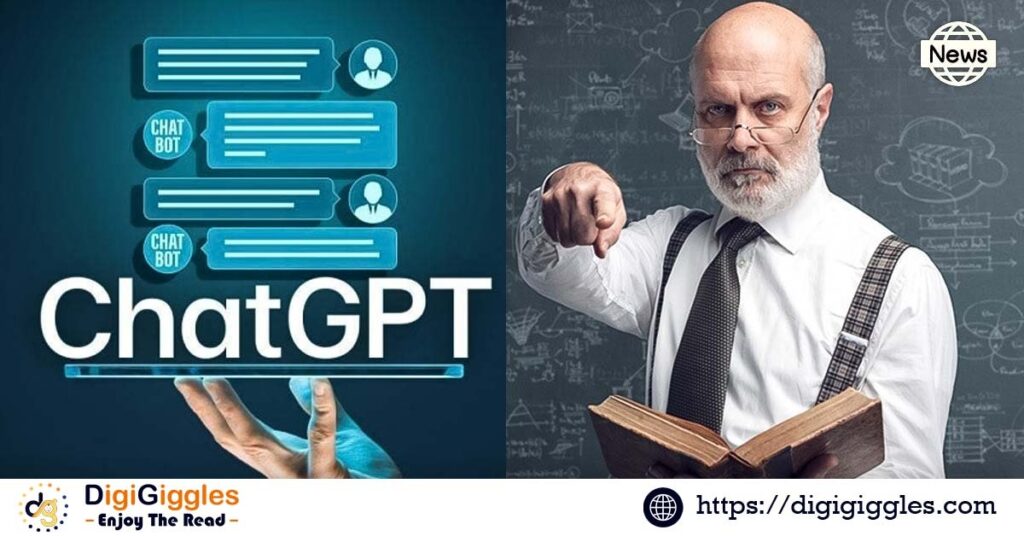
ChatGPT has proven to be both a gift and a curse for many professionals out there. Recently, OpenAI, the firm behind ChatGPT, stated that teachers will never be able to tell whether an assignment was completed using ChatGPT, adding to the agony of educators worldwide. Students have used and will continue to utilize ChatGPT to complete their tasks because AI content detectors have not been able to reliably discern between AI-generated and human content, according to the business.
“While some (including OpenAI) have released tools claiming to detect AI-generated content, none have proven to reliably differentiate between AI-generated and human-generated content.”In addition, ChatGPT has no “knowledge” of what material might be generated by AI. It will occasionally make up answers to questions such as “did you write this [essay]?” or “could this have been written by AI?” “These responses are arbitrary and without basis in fact,” the business stated on its FAQ page.
According to OpenAI, systems such as ChatGPT occasionally misclassify human-generated content as AI-generated stuff. When OpenAI attempted to train an AI-generated content detector, it identified human-authored text, such as Shakespearean writings and the Declaration of Independence, as AI-generated. This shows the existing weaknesses of AI detectors.
Furthermore, there are worries that these detectors may unfairly affect specific student groups. Students learning English as a second language or writing in a brief style may be especially vulnerable to false positives created by these technologies. Even if AI detectors improved in accuracy (which is not currently the case), students may make tiny changes to their content to evade detection. This ability to adapt and elude detection continues to be a difficulty for educators and institutions attempting to resist AI-generated academic work.
While efforts to construct AI detectors have been made, their performance has been limited and variable. As a result, using AI detectors to identify AI-generated content, particularly in educational settings, is not yet practical. To solve the current deficiencies and challenges offered by AI-generated content in diverse contexts, more study and development are required.
However, OpenAI pointed out that teachers can make classroom instruction more dynamic and enjoyable. They can also monitor critical thinking and problem-solving skills in student interactions with ChatGPT. “Students can demonstrate their ability to interact with AI as well as their understanding of AI system shortcomings.” “Educators can assess the quality of the questions asked, the relevance of the information obtained, and how well the student understood in order to challenge, double-check, and consider potential biases in that information,” according to the business.